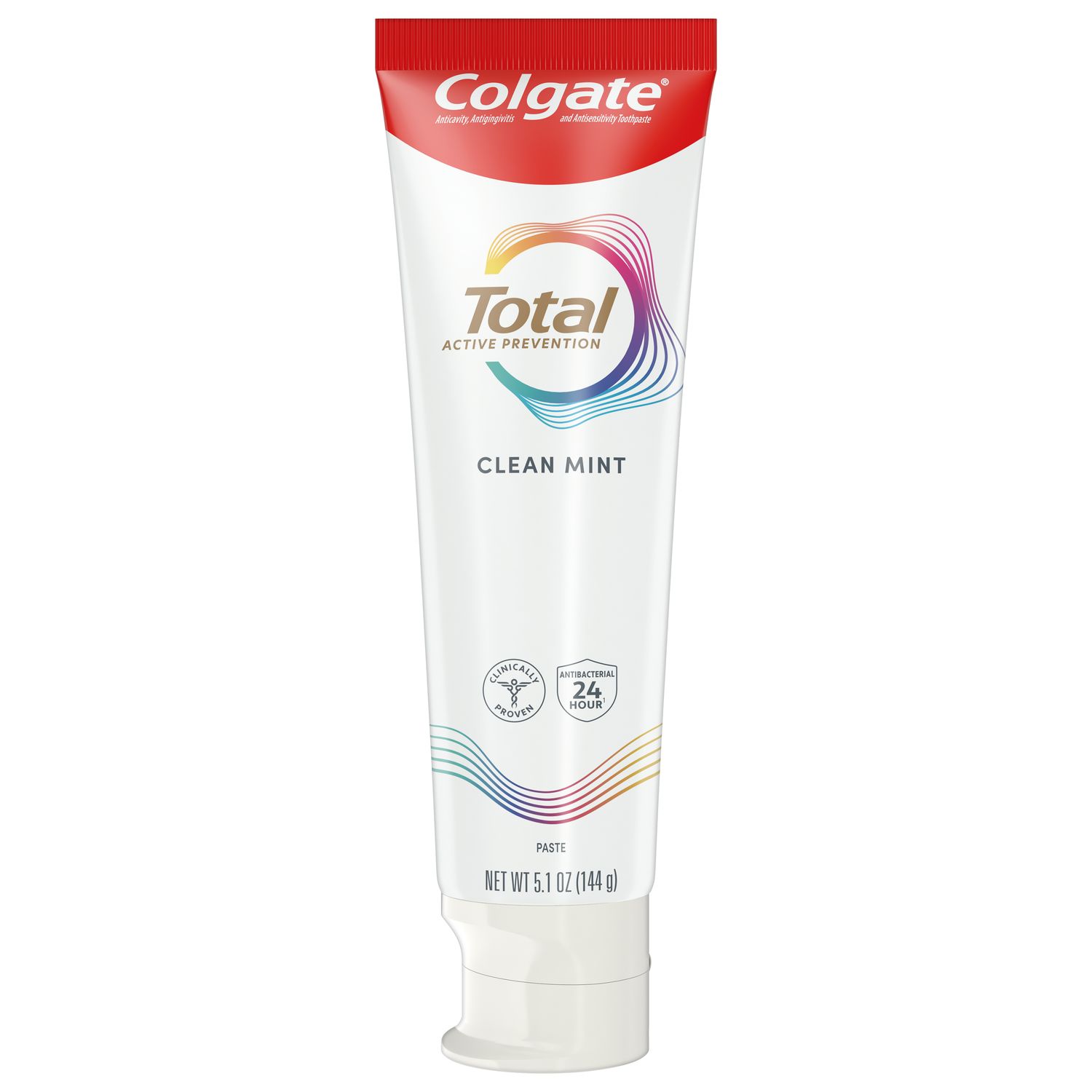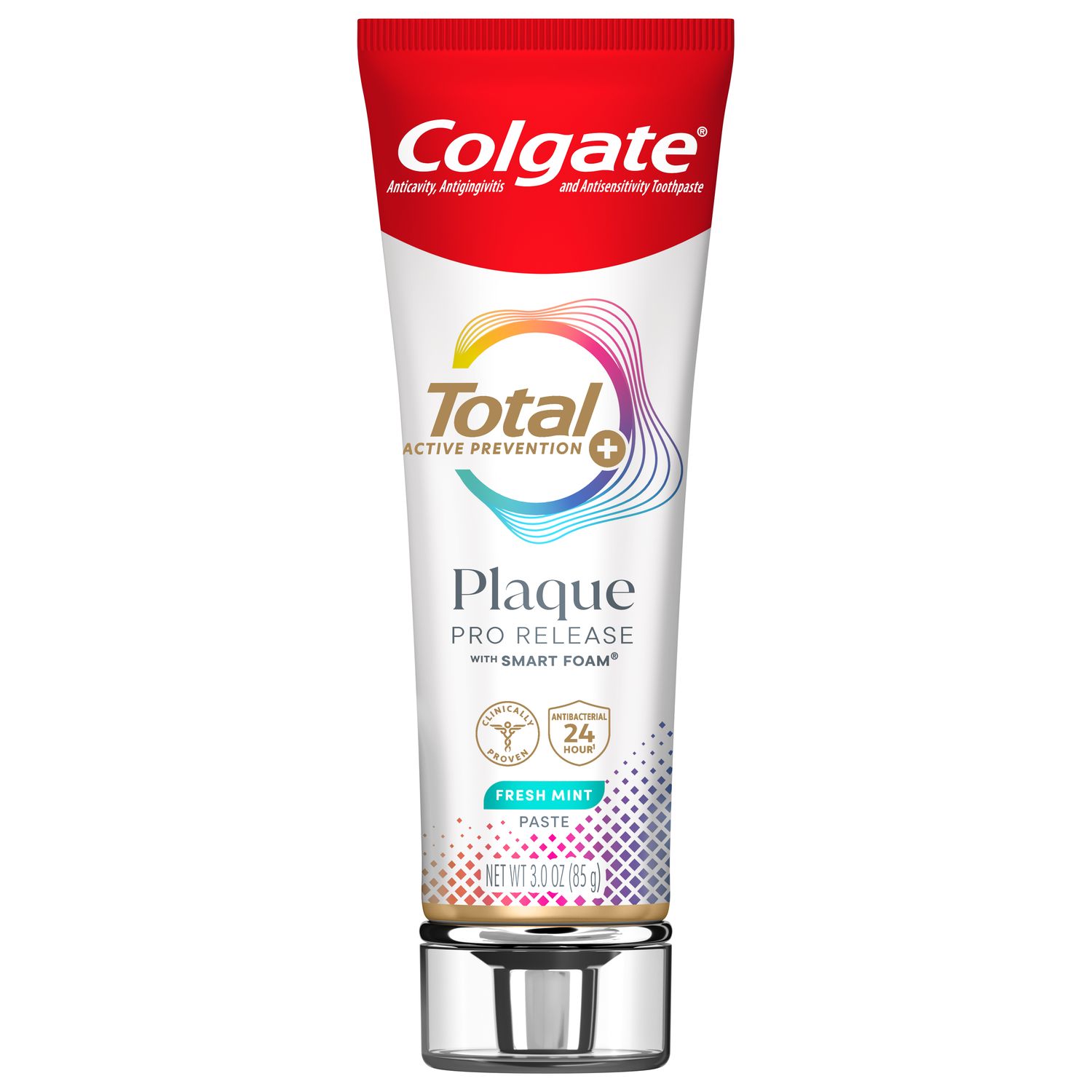
It is no secret that the dental hygiene profession is physically demanding. A study published in the journal BioMed Central calculated that of the 624 dental hygienists the scientists polled, 85% of them had neck pain. Musculoskeletal pain is a common chronic pain in dental professionals and may lead to a serious physical disability. Building proper abdominal muscles will improve your posture, which may help to reduce the risk of injury. Dental hygienists should invest in their physical health through yoga, Pilates and other physical activities, because a healthy body is essential to our longevity in the operatory. Here are some exercises you can enjoy in your free time and in the office as well.
Pilates
Pilates dates back to 1912, when Joseph Hubertus Pilates invented an innovative physical training technique for a physical defense course for Scotland Yard detectives, states Balanced Body. He trained others how to teach the Pilates system and the systemic benefits of the activities appeared to be of benefit when a flu epidemic threatened the community; Mr. Pilates claimed that none of his trainees were affected by the disease.
After 1912, the popularity of the posture-improving, muscle-toning exercises grew rapidly. Pilates works to improve posture by tightening the core muscles to provide a stable spine, which reduces stress and promotes strength and flexibility, according to the Mayo Clinic.
Clinical studies show that weak muscles tend to get weaker. Consequently, we rely on our strong muscles to work harder. Pilates works by helping to provide balance in small and large muscle groups. Pilates effectively works by retraining muscles to function as a unit.
Yoga
Participating in yoga decreases stress, increases flexibility, improves posture and has been shown to boost the immune system, according to a study published in PLoS One. The American Osteopathic Association lists increased muscle tone, a stronger core, a stronger lower back and injury prevention as additional benefits. Yoga relieves tension induced through clinical practice. Hot yoga offers a challenging physical routine as well as a mental challenge. Hot yoga takes place in a room with temperatures averaging between 95 and 110 degrees Fahrenheit. The warmth of the room allows participants to get a deeper stretch and detox.
Chairside Exercises
Here are five easy exercises you can do to improve your posture whenever you have a spare moment at the office:
1. Incorporate a mental break before every patient to allow your body to release any tension. Choose a time during each patient appointment to take a deep breath and relax your tongue. Relaxing the tongue helps keep you aware of your posture, preventing the neck and shoulders from carrying tension.
2. Whether in the chair or at sterilization, working the abdominal muscles will improve your posture. Inhale and "let your torso expand with air like a balloon (without forcing your stomach to protrude)," instructs mindbodygreen. Then, while concentrating on pulling your stomach in towards your back and spine, expel the air from your torso and stomach while you exhale.
3. Loosening shoulder tension throughout the day will help to improve your posture. Standing tall, raise your arms and stretch to create a T formation. Gently make small circles with your arms: 10 circles to the front and 10 circles to the back. Repeat three to four times to reduce shoulder pain and prevent injury.
4. Deep side stretches are easy to complete when you are sitting. Inhale and lift your arms, then clasp your hands and invert your palms. Lean to one side while holding the stretch for 10 seconds then switch sides and repeat four to six times.
5. Side twists help relieve back tension throughout the day. With both feet on the floor, sit as tall as possible. Gently take your right arm and pull it across your body to the left side reaching the top of the chair. (This is best done with a chair that is not on wheels.) Once you are firmly holding the top of the chair, gently tug to feel a deep stretch in your back. Switch sides three to four times, holding for 30 seconds each round.
Helpful Dental Accessories
The types of accessories you use can make a difference in your posture and help to keep you comfortable throughout the day. First, invest in a saddle stool. Clinicians should utilize a saddle stool to allow the spine to be in proper alignment. Dental loupes are another fantastic resource when used properly. Oftentimes, clinicians are not correctly fitted for loupes and resort back to their poor posture. Loupes that are properly fitted with a wide range light keep the clinician accountable to correct spine and elbow alignment.
Takeaways
- Participate in a fitness routine to help relieve your mental and physical stress.
- Exercise to establish a strong core to prevent lower back stress and promote better posture.
- Use dental tools that will promote good posture.
Why It's Important
Investing in our bodies today will help prevent injuries. A long, pain-free career can only be achieved in a healthy body.
Join us
Get resources, products and helpful information to give your patients a healthier future.
Join us
Get resources, products and helpful information to give your patients a healthier future.













